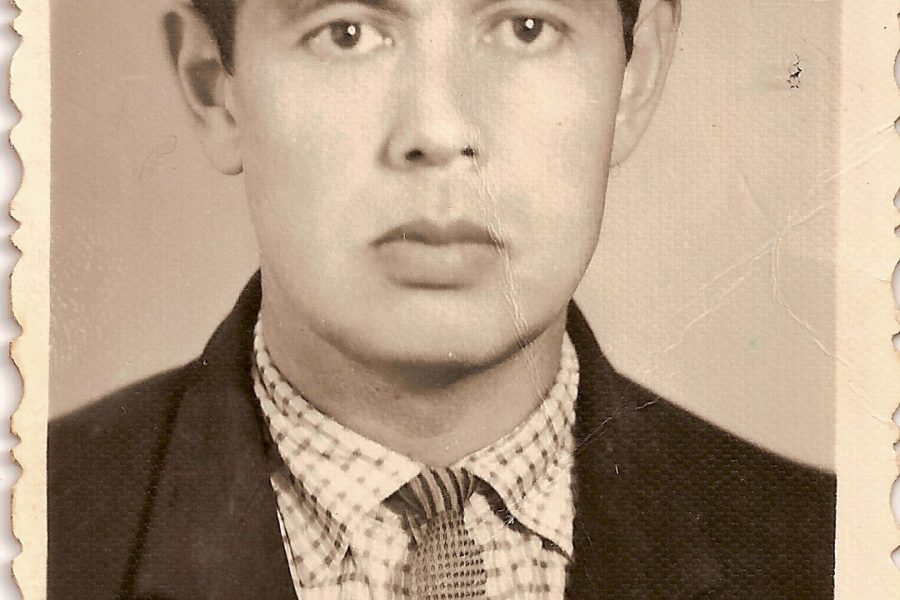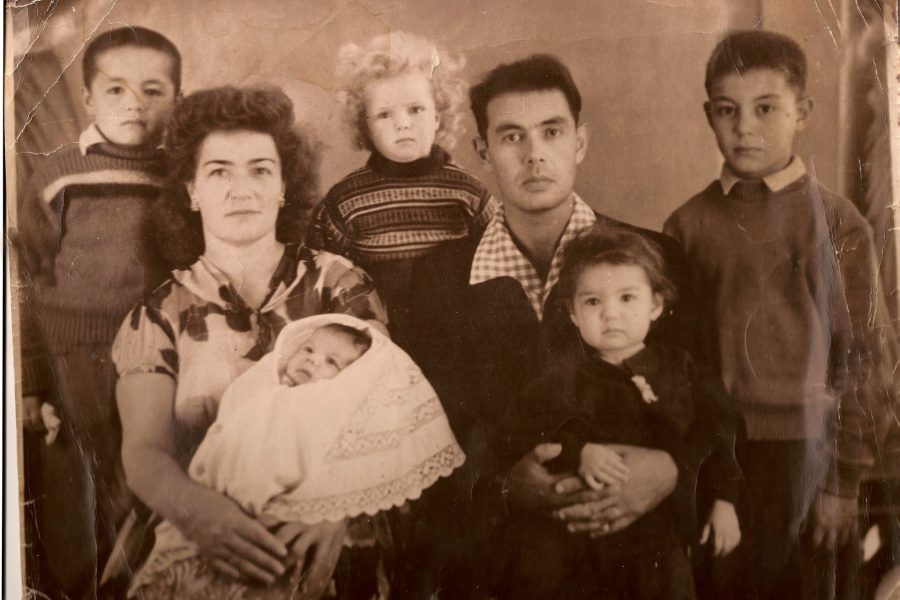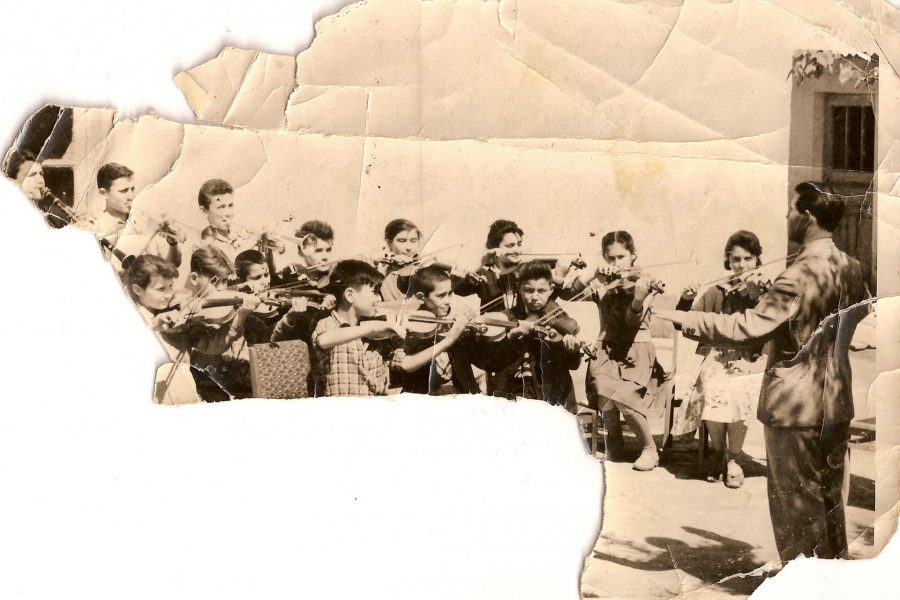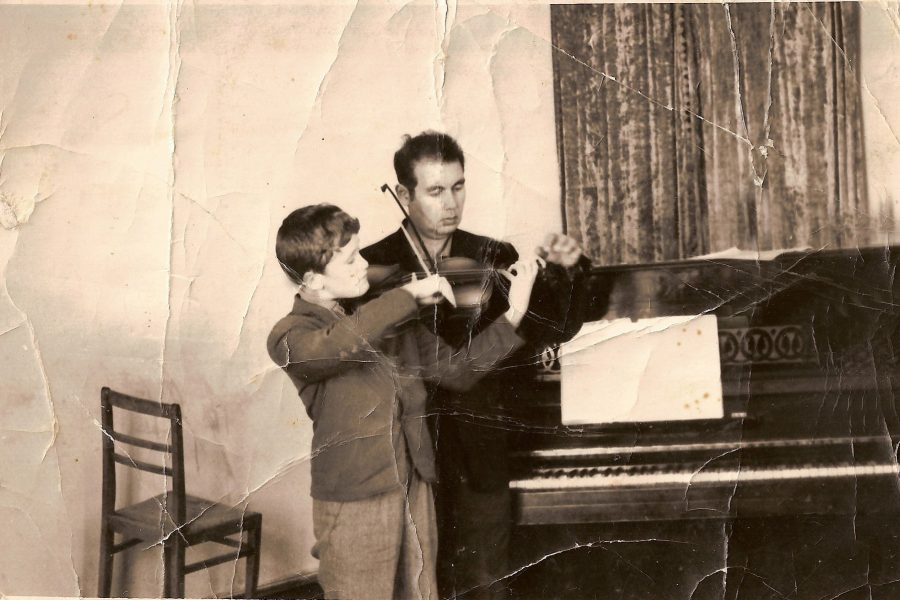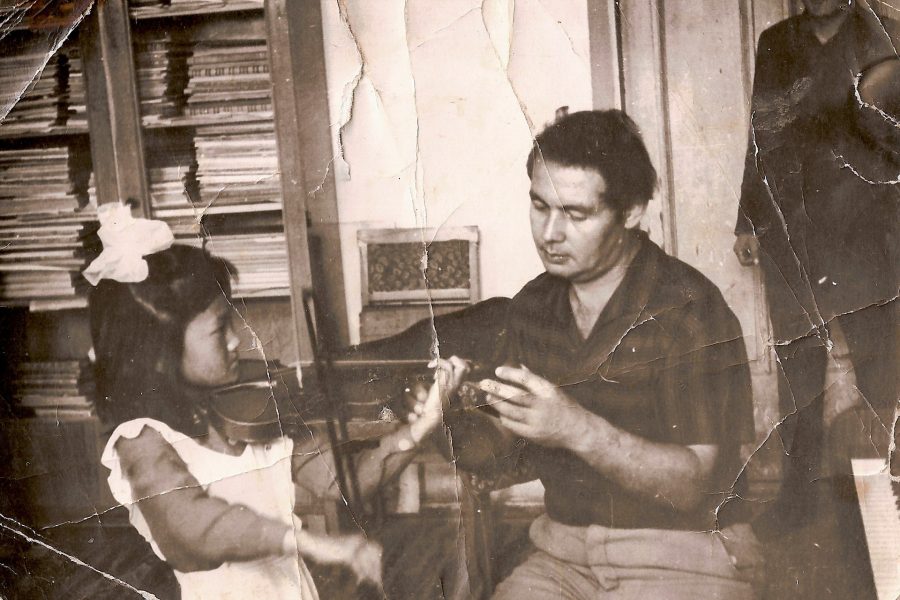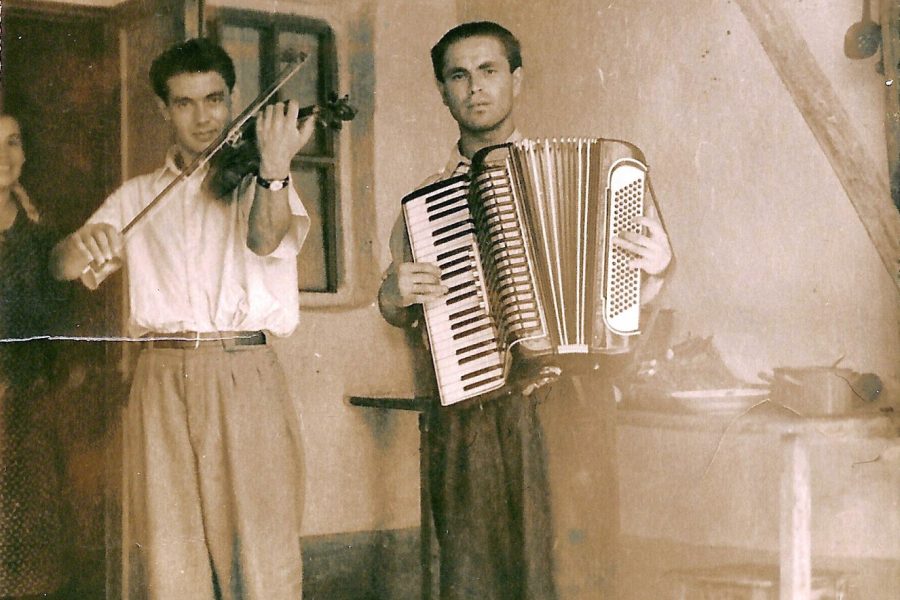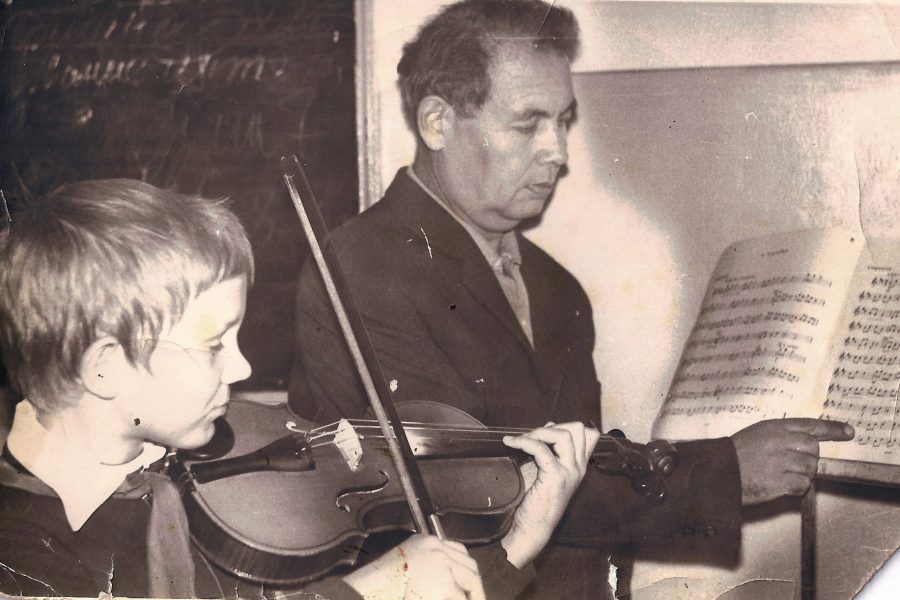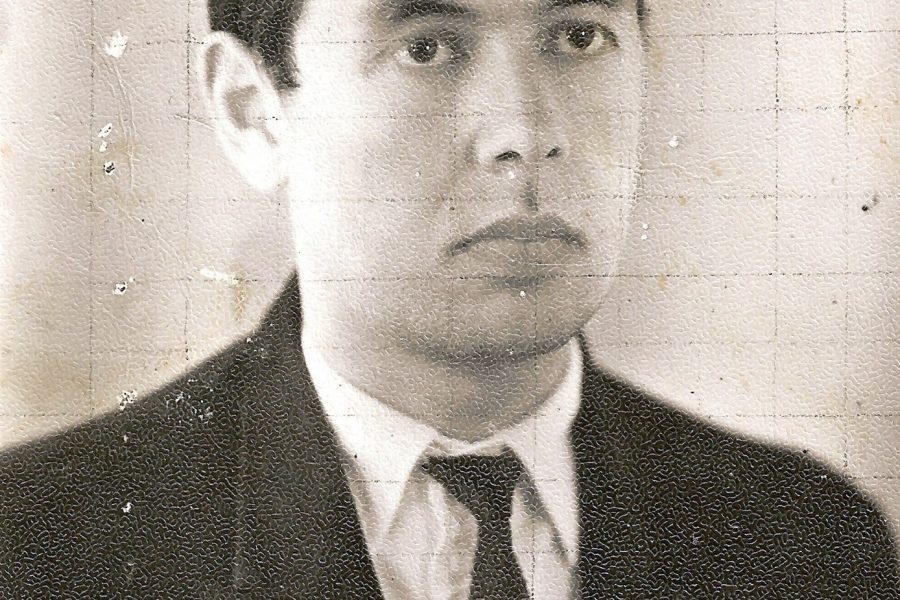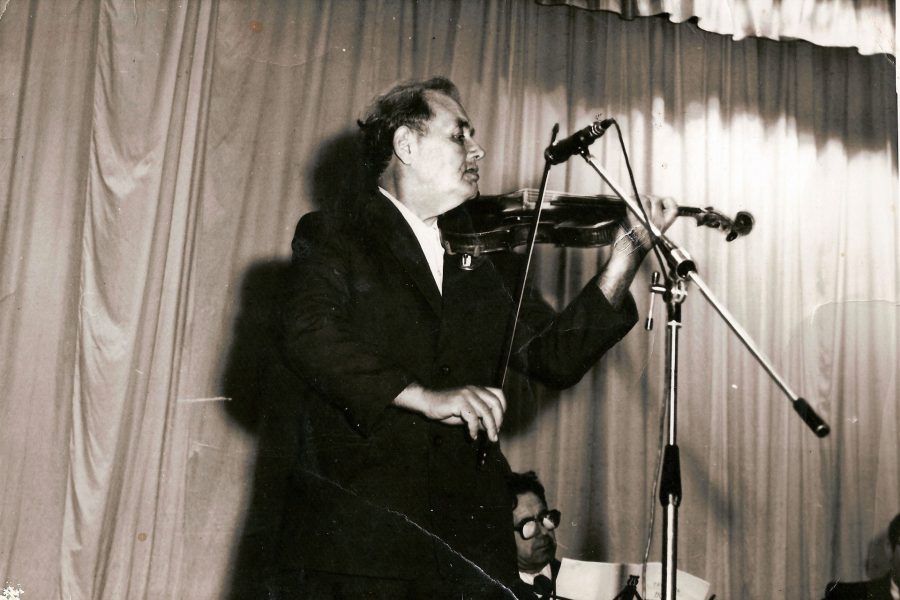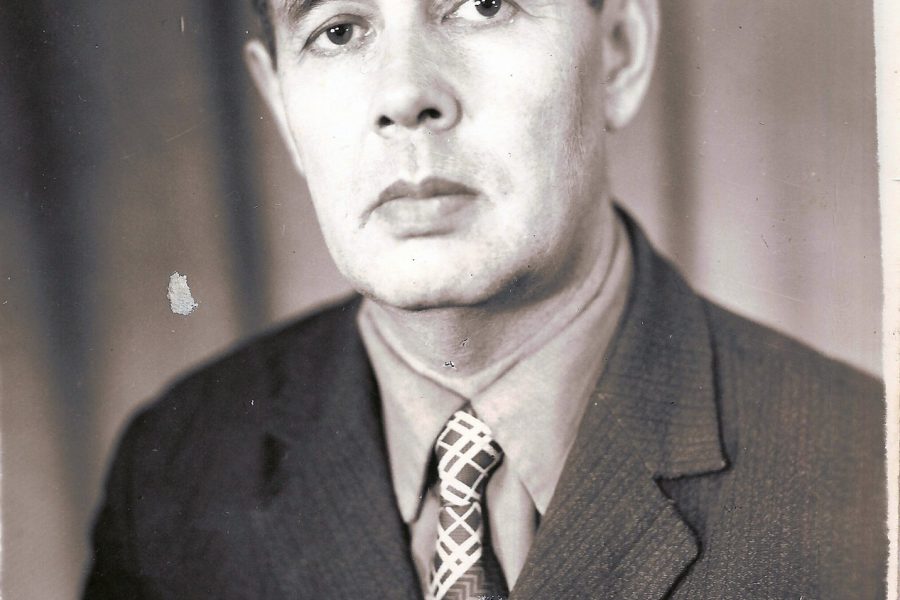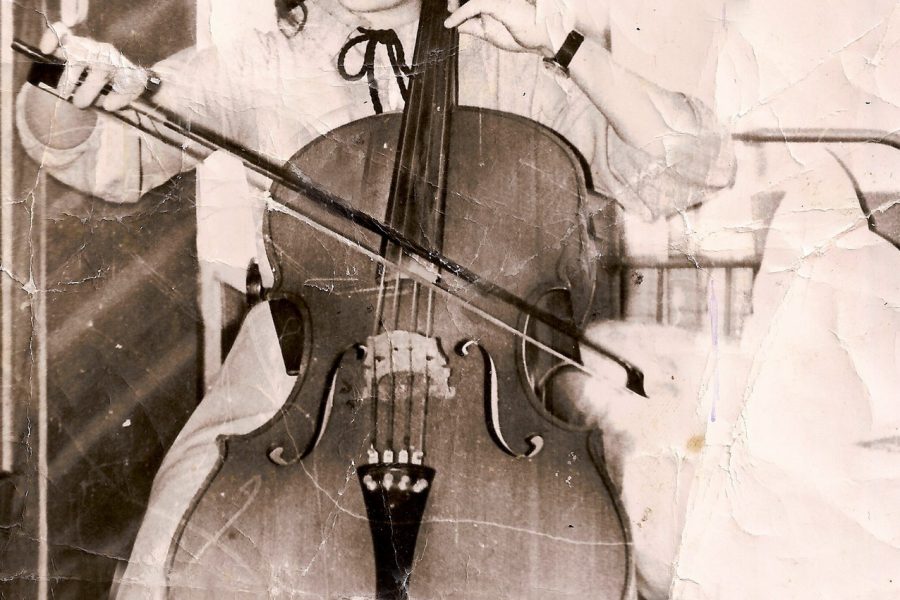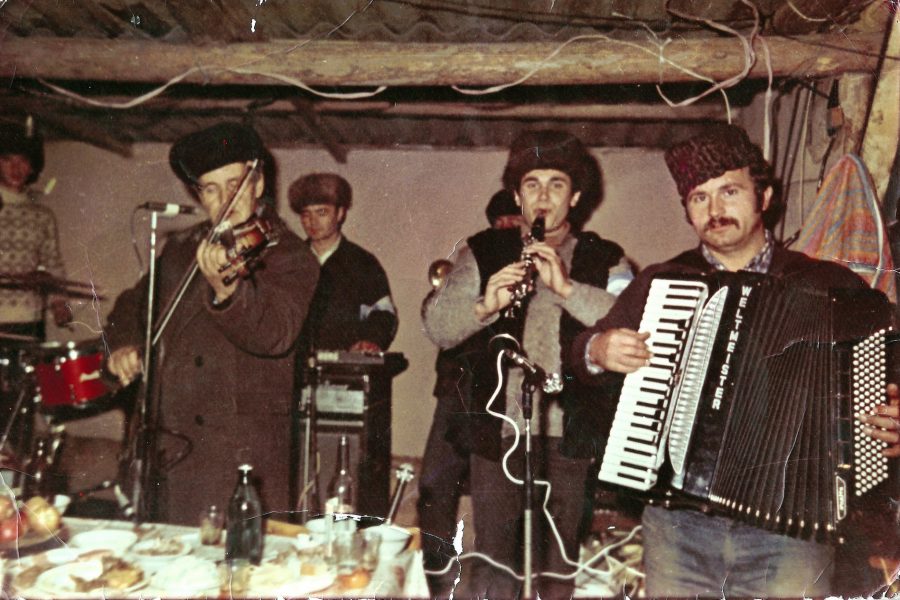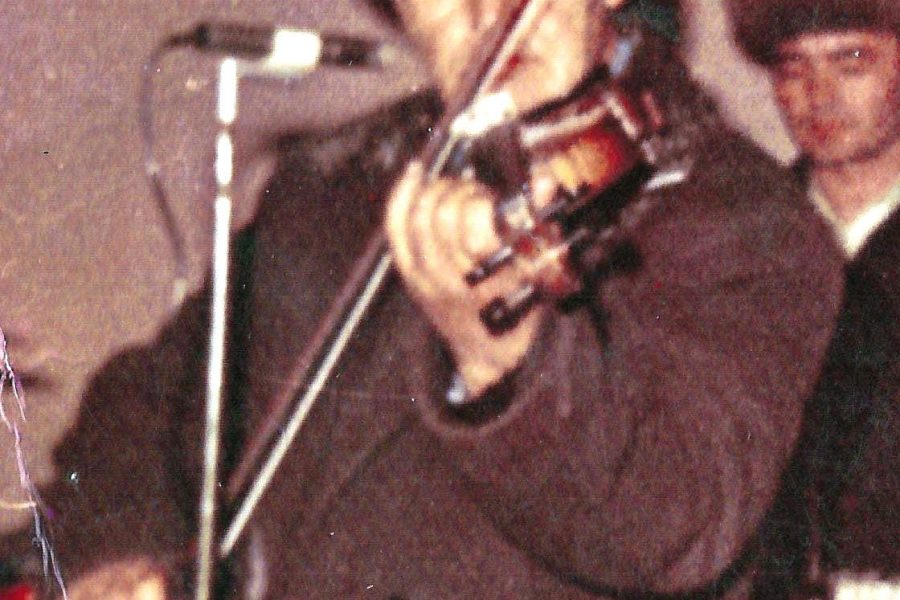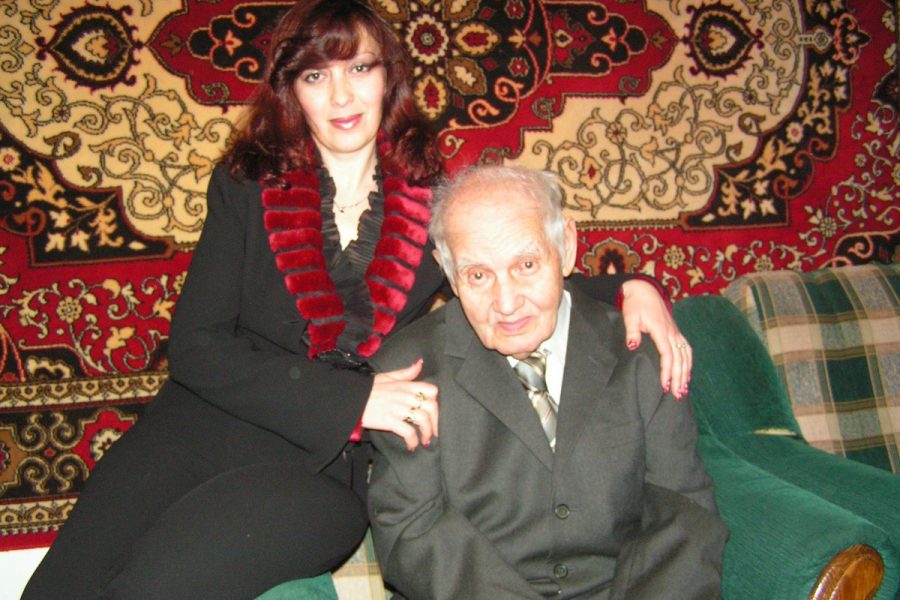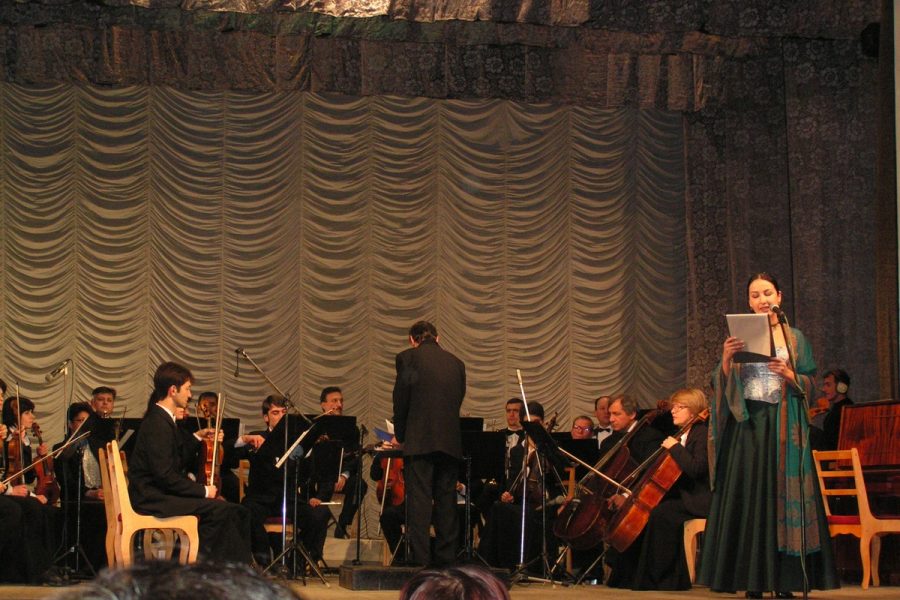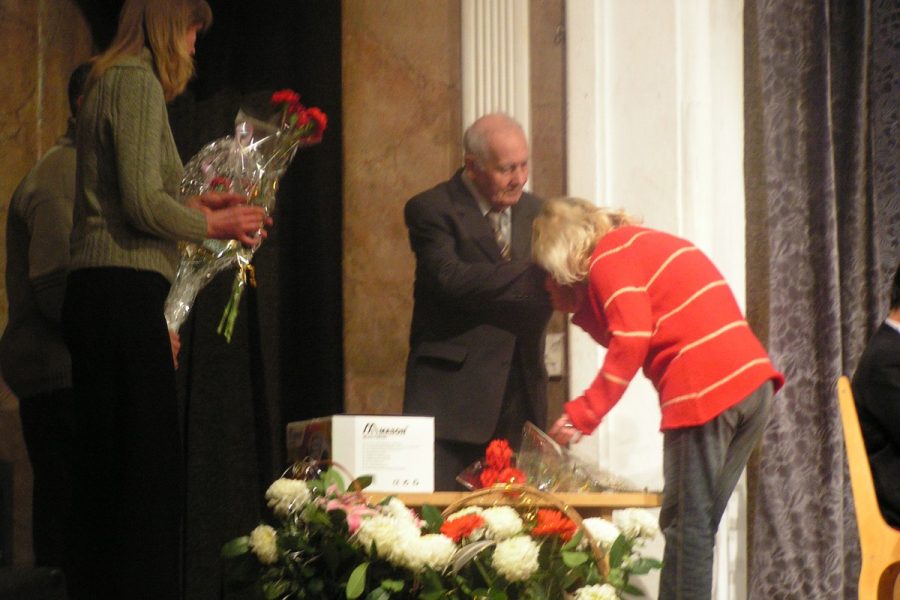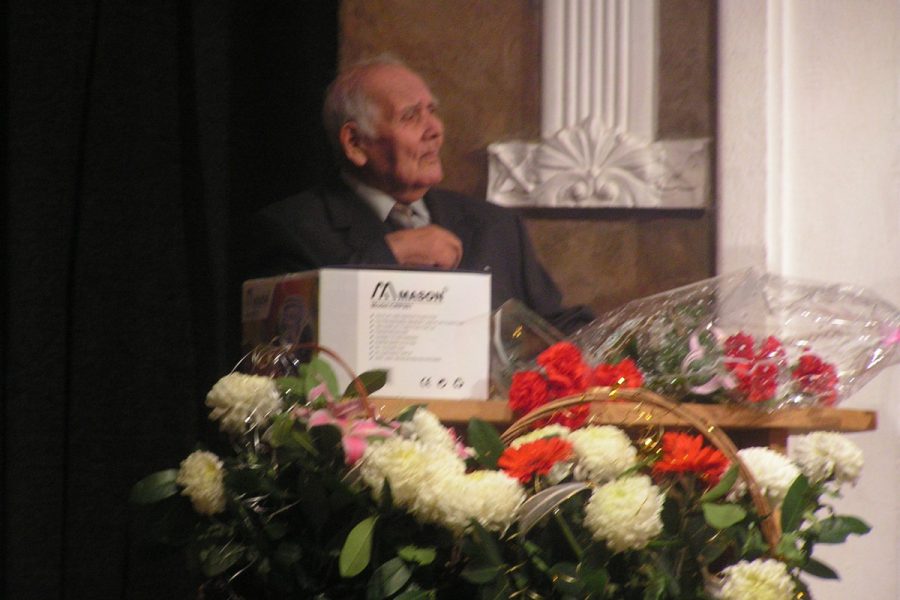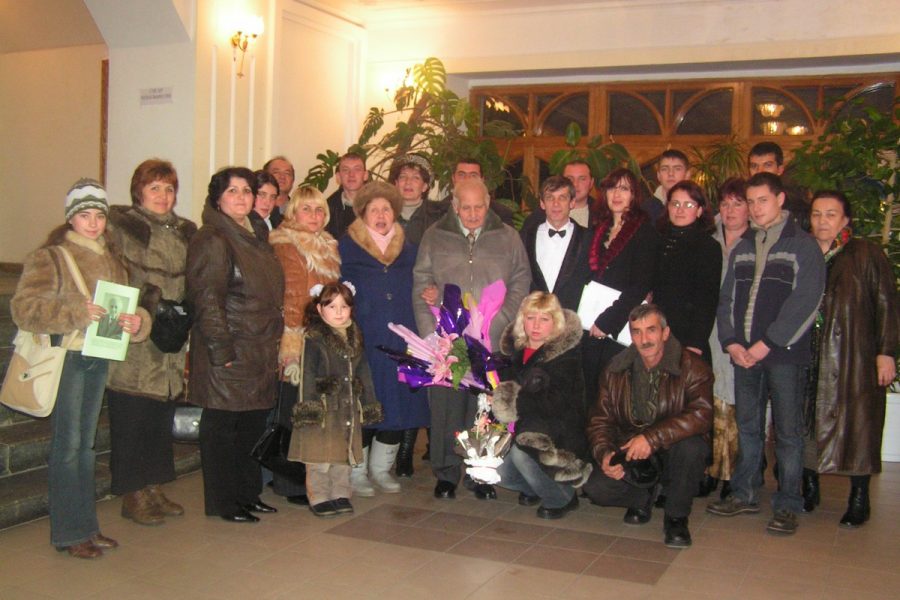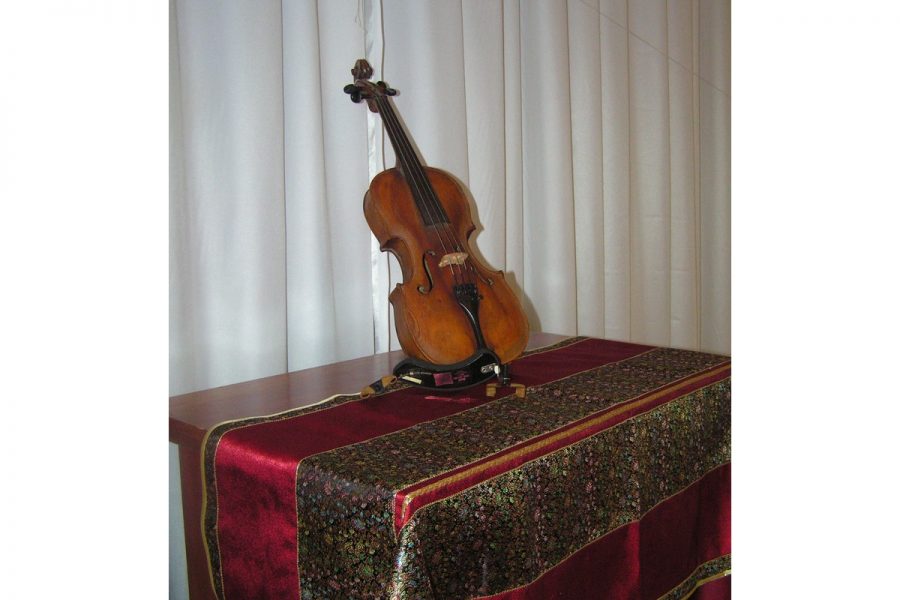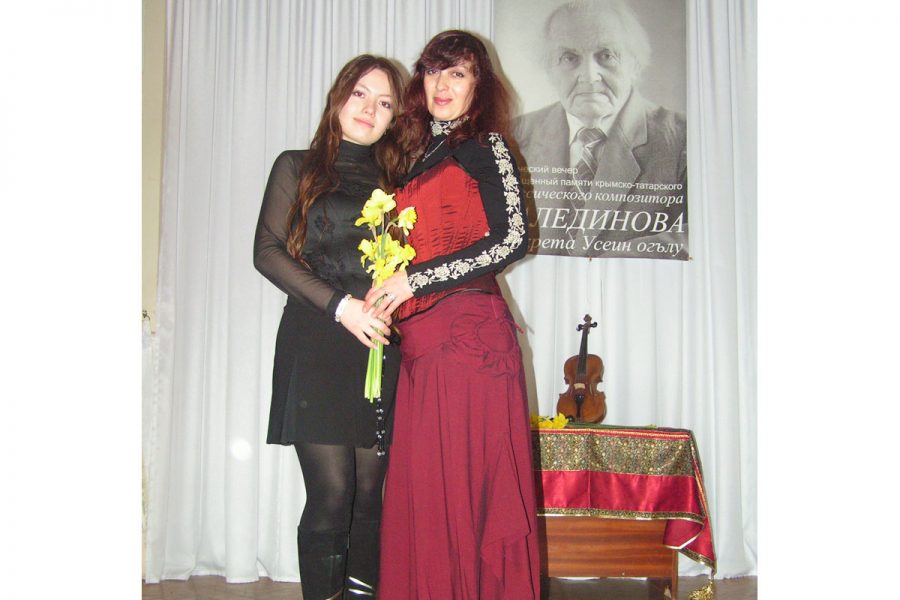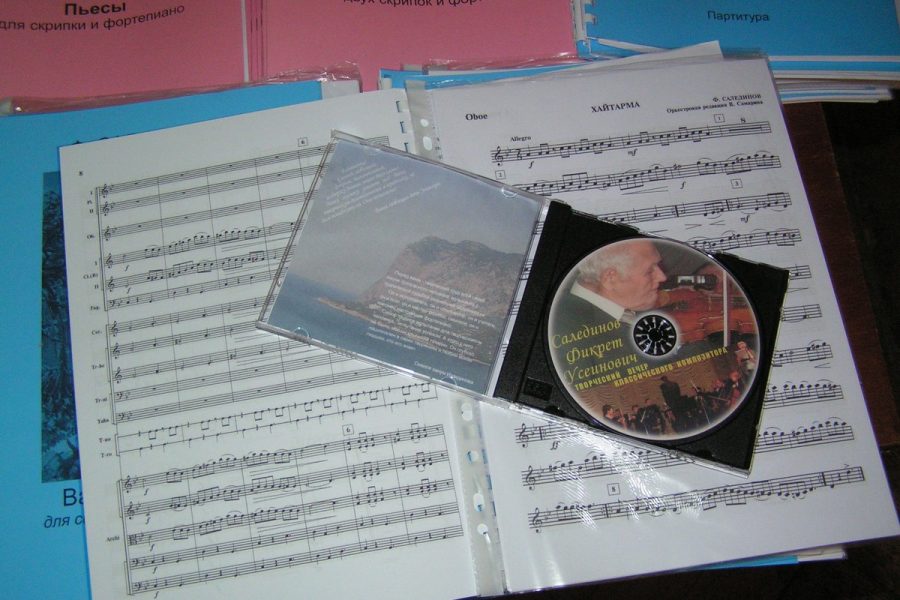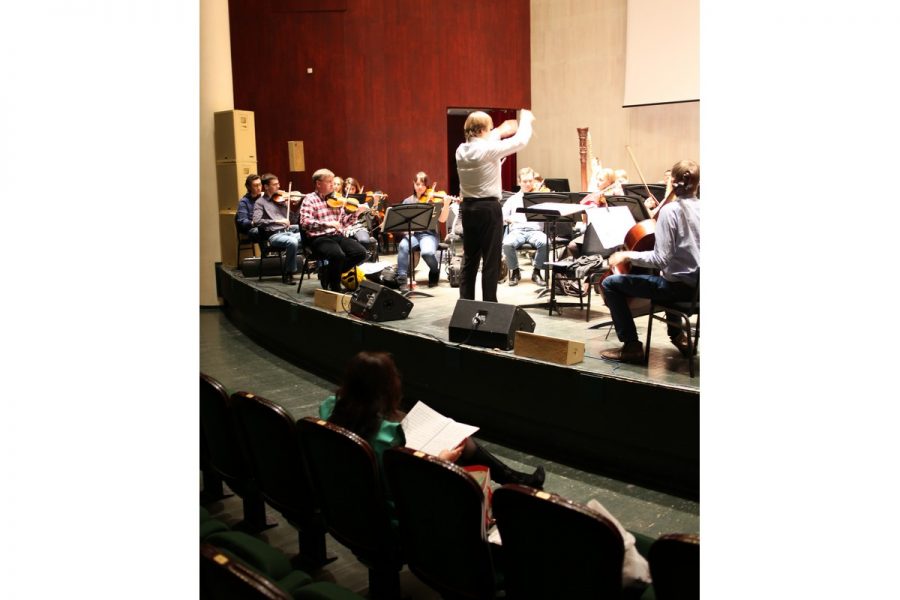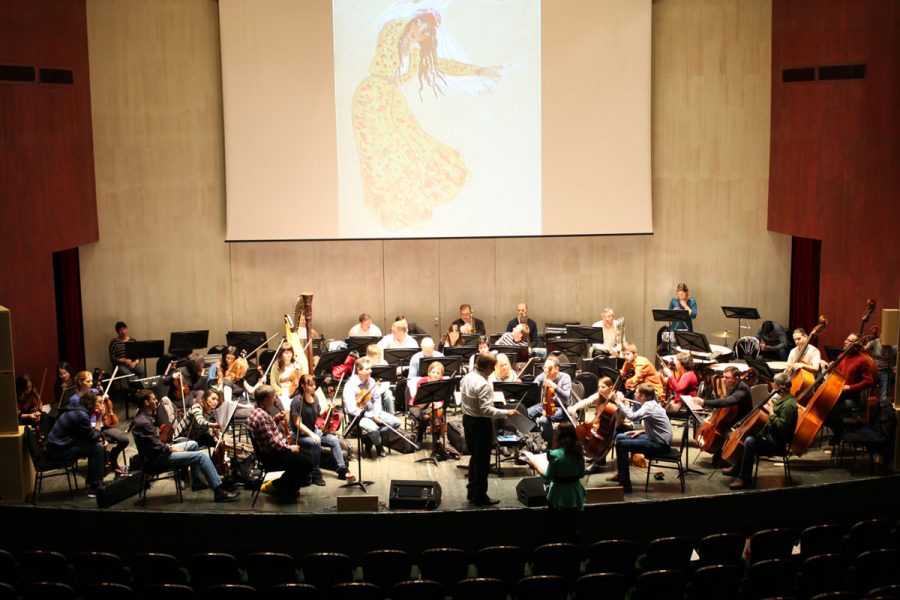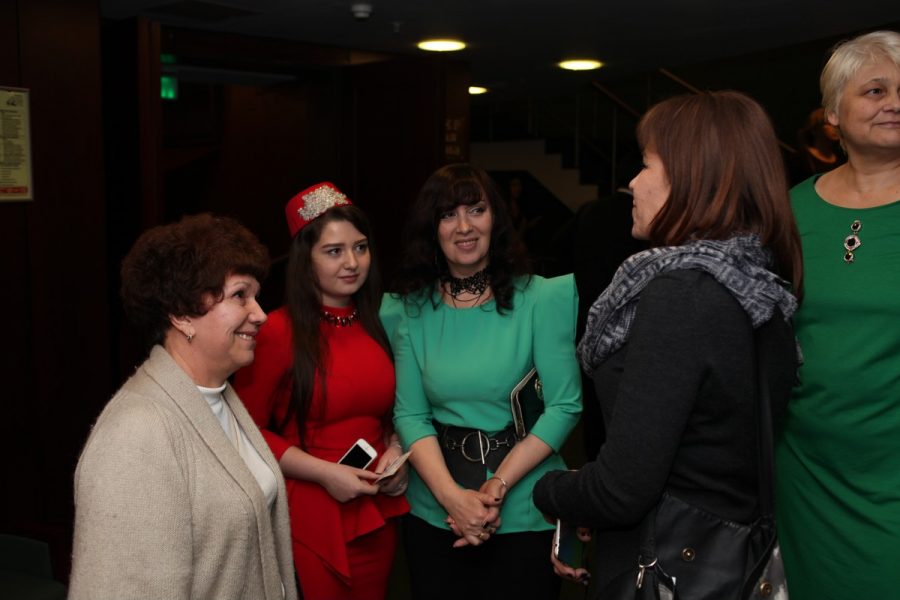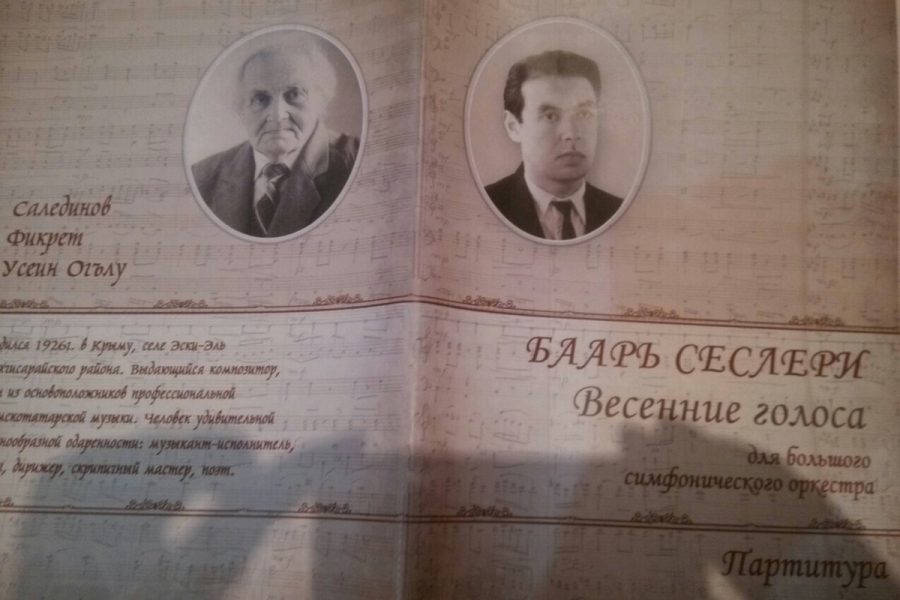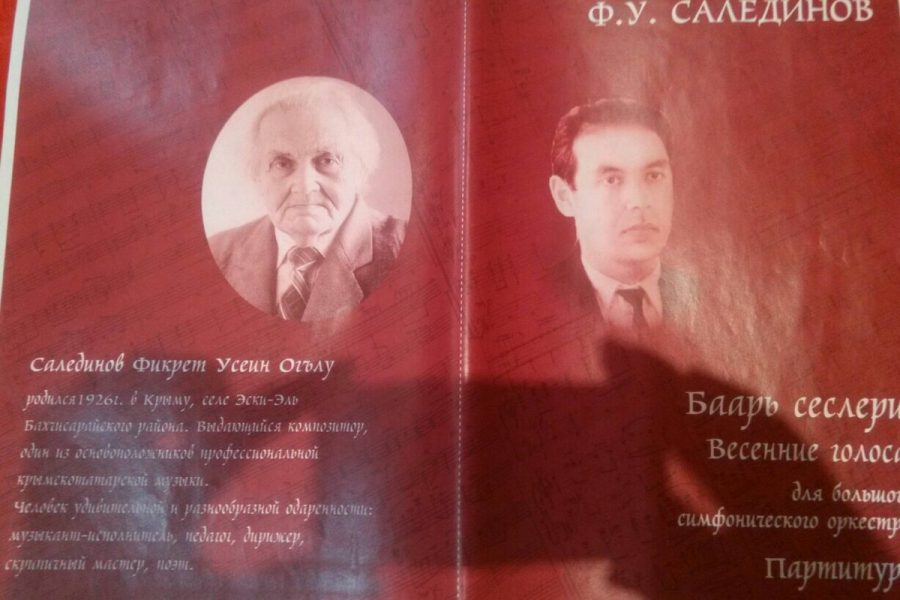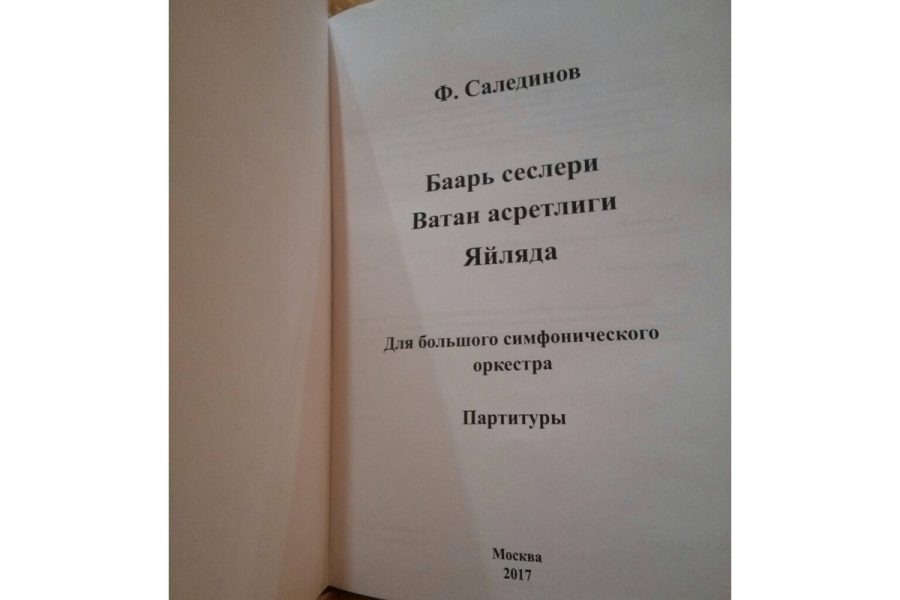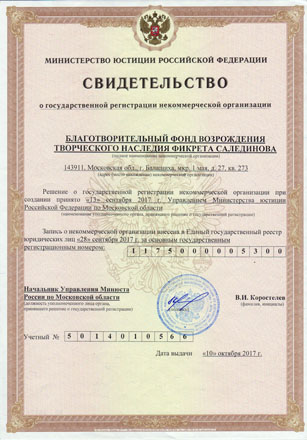Saledinov Fikret Usein-oglu was born on 12th July, 1926 in Crimea, in the village Eski-El of the Bakhchisaray district. His father was the сhairman of a sofkhoz (state farm), his mother was ahousewife. The parents noticed that from the age of 3 he began tapping his favorite rhythms on a tin can (they were very surprised and happy). Young Fikret, having once heard the sound of the violin, fell in love with it and he set his heart upon learning how to play it himself. By the time he was 11 years old, he made a violin out of plywood, with strings out of telephone wires, and the bow made from horse tail. Teaching himself, he was a natural. Self-study books for violin were his only source. The word spread about the boy-musician as a performer of Crimean Tatar folk music. People took a liking to him and would invite him to various celebrations, where he performed by himself. Then he graduated, having attended 7 years of secondary school. Uncle Ablyakim Ilmii Arif-oglu happily gifted him a violin. Then the war began. During the occupation in Crimea, Germans would take away young girls and boys to Germany for forced labor. Fikret worked at Osterreich Neider Donomst (Amstetten Holzfabrik, fabricant — Opfer wiser). There he met his future wife – Mukhteremova Sebiya, who worked in Osterreich Stads Foizberg Obendorfsglakfabrik, with whom he lived for 63 years and had 11 children. On their return from Austria, they did not return to their homeland, as deportation to Uzbekistan – specifically to the city of Samarkand – was awaiting them. From 1946-1955 he worked at the factory “Red engine” — as a packer, polisher, grinder man. At the same time, he performed for workers on the stage, while playing the violin.
In 1955 he went to Tashkent and worked in the Tashkent tool factory as a temporary laborer. In 1956 he returned to Samarkand and again started working as a grinder man at the factory “Red engine”. On March 12, 1957 a competition was held, which was attended by 98 people who came from different regions of Uzbekistan — to the ensemble “Haytarma”. Following the listening and viewing of the artists it was decided to enroll the musician Saledinov Fikret in Uzgosestrada as a musician, the first violin of the Crimean Tatar ensemble. Touring around the cities began.
From 1958 to 1980 he worked in 3 music schools in the cities of Margelan and Fergana. He lead 2 orchestras on a voluntary basis, tuned pianos in children’s music schools (DMSH) and at people’s homes, crafted 50 violins out of pine and mahogany (he knew all the secrets of boiling glue) and handmade fiddle bows in his studio as well as restored people’s violins. He played at weddings with his two elder sons (all the children are musicians).
In 1959 he entered the Ferghana music school and graduated as an extern after two years. In 1961 he entered the Tashkent Conservatory. In August 1961 he married Sebiya, who also became a Saledinova (with 8 children).
All works were composed in the city of Margelan in the Fergana valley in 1957-1980, away from his homeland. Perfectly feeling the specific character of the instruments, the composer contributed to the disclosure of their expressive and coloristic potential. His music is temperamental, cheerful, sometimes sad, attracting with the freshness of harmonies and orchestral colors, imbued with intonations and rhythms of Crimean Tatar songs and dances. It is folk art, love for Crimea that were the source of deep originality of the composer’s work — a man of rare talent and bright original individuality.
The works of Fikret Saledinov are diverse in their content and genre. His creative portfolio consists of piano, vocal, instrumental and violin works, sonatas, serenades, concerts for various instruments, music for the theater, works for the ensemble of violinists and for symphonic, wind orchestras, for kindergartens, DMSH, music schools, conservatories. In total, there are more than 400 of his works. He also wrote about 50 poems in his native language.

